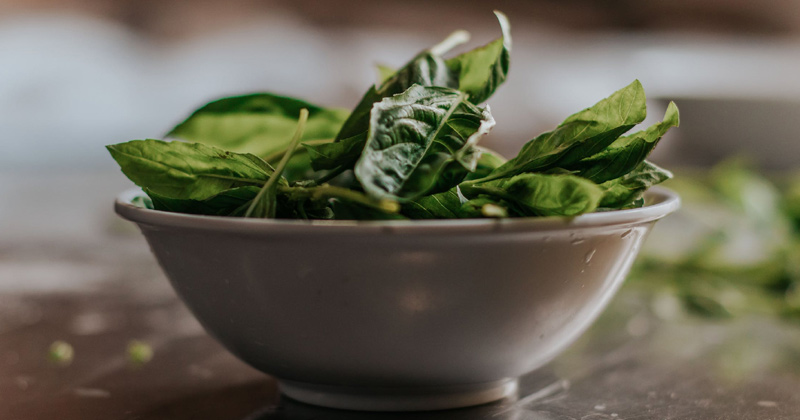Cartoon character ‘Popeye: the sailor man’ is the first person that comes to mind when we talk about the spinach strength. He ate spinach out of tins and developed tremendous strength immediately. That animated character inspired countless mothers to serve their children the green leafy vegetables. Does spinach really make you strong or is it a myth? Let’s find out.

Before Popeye can hug his beloved Olivia, the sailor first blows away his brutal adversary, Brutus. To ensure that this works, the sailor eats a can of spinach before each beating. A ritual that kept repeating in every episode had consequences. At least since Popeye’s sprouting flexor muscles, the legend has persisted that spinach is strong because it contains a lot of blood-forming iron.
Popeye has been feeding his spinach on the canvas regularly since 1933, beating up all sorts of dark shapes. Popeye was so inspiring that it was said to have increased spinach consumption in the United States by a third. At least that’s what the inscription on the Popeye monument in the Texas spinach metropolis Crystal City claims, where 80 percent of American spinach is produced.
We all have eaten spinach and most of us frowned while eating it. But it is clear without a doubt that spinach does not give superpowers. Unfortunately, the opinion that a lot of iron in spinach helps build muscle or blood is also not true. However, it is no longer possible to reconstruct exactly how the error occurred. But there are different theories:
One possible reason for the rumor can be a miscalculation. The Swiss scientist Gustav von Bunge is said to have carried out the first laboratory analysis of spinach in 1890 and found an iron content of 35 milligrams per 100 grams of spinach. Nutritionists adopted this value and declared spinach to be the number one iron supplier.

However, they are said to have overlooked the fact that Bunge’s analysis referred to spinach powder, i.e. dried spinach. Since fresh spinach consists of 90 percent water, the iron content of 100 grams of spinach at 3.5 milligrams is only one-tenth of the supposed sensational value.
Another version of the story blames a simple comma mistake for myth formation. A food analyst or his secretary is said to have accidentally moved the decimal point to the right when examining spinach.
Lower Iron Content Than Chocolate – So Does Spinach Really Make You Strong
Whatever the breakdown, spinach contains only about half as much iron as chocolate (6.7 mg). If you value iron in your diet, you should stick to millet (9mg), sausage (5.3 mg), and pistachios (7.3 mg). Iron deficiency and anemia are particularly common in women. The result is fatigue, exhaustion, pallor, torn corners of the mouth and a noticeable decrease in performance occurs.
Suggested Read: Iron Deficiency: Symptoms, Causes, Consequences
Spinach is not entirely without nutrients. The leafy vegetables come with lots of fiber, minerals, vitamins, and vegetable proteins. It also contains folic acid, which is important for the nerves. And the little iron it has becomes part of the blood, which strengthens the oxygen transport to the lungs. It at least helps you breathe deeply.


